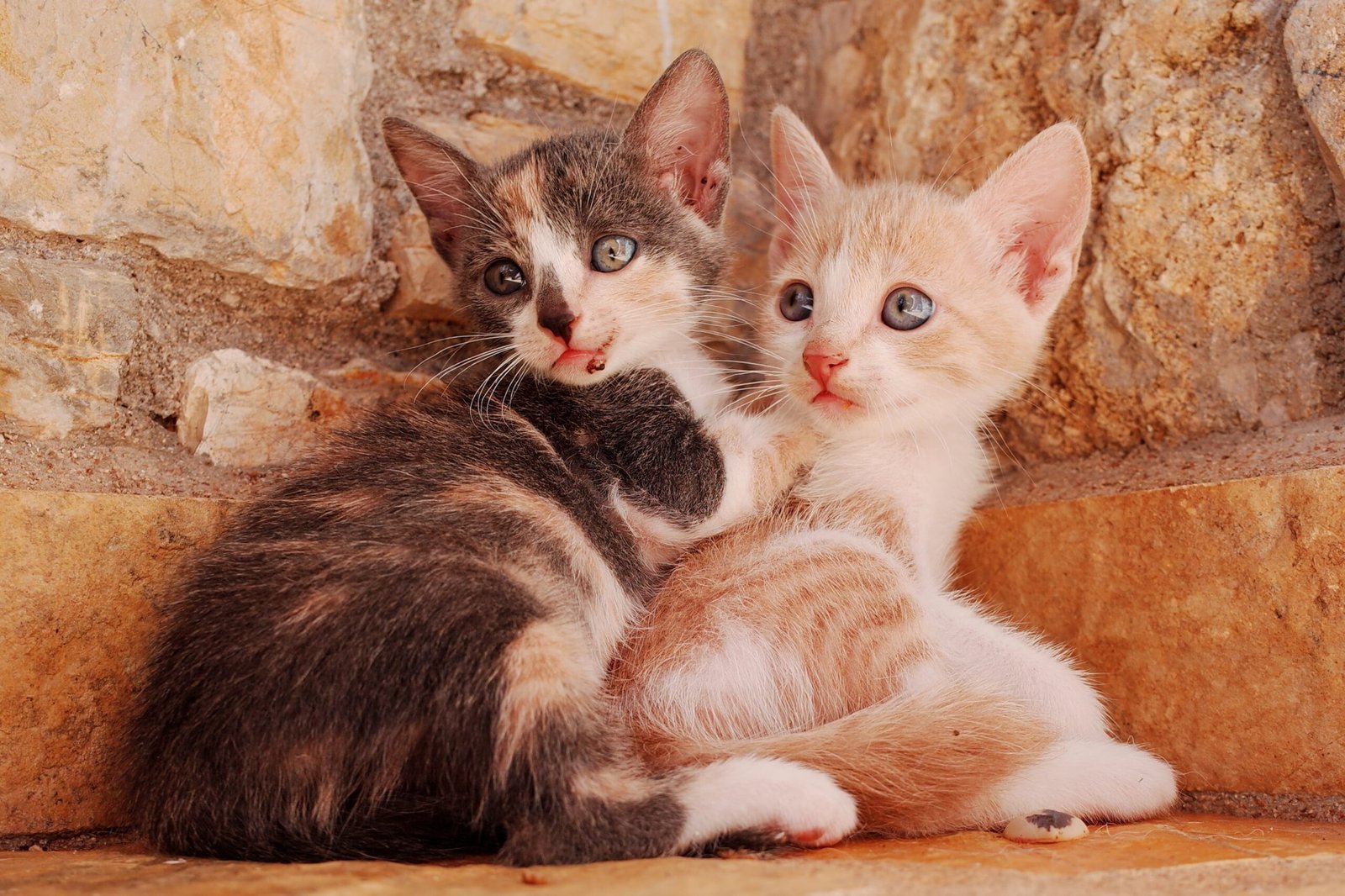Introduction
Many cat owners often wonder why their beloved feline friends are overweight and what they can do to help them shed those extra pounds. Just like humans, cats can also become overweight or obese due to various factors such as overeating, lack of physical activity, underlying health conditions, or even certain medications. In this article, we will discuss the reasons behind a cat’s weight gain and provide effective strategies to help them achieve a healthy weight.
Understanding Cat Obesity
Obesity in cats is a serious health concern that can lead to various complications and reduce their overall quality of life. It is essential to recognize the signs of obesity in cats, which include an excessive accumulation of body fat, difficulty in feeling their ribs, and a bulging abdomen. Obesity can predispose cats to a wide range of health issues such as diabetes, arthritis, heart disease, and liver problems.
Factors Contributing to Cat Obesity
- Overfeeding: One of the primary causes of cat obesity is overfeeding. Providing excessive amounts of food or indulging in frequent treats can quickly lead to weight gain. It is important to establish a proper feeding schedule and measure your cat’s food accurately to avoid overfeeding.
- Lack of Exercise: Cats are naturally active animals, and without regular physical activity, they become more prone to weight gain. Engaging your cat in regular play sessions using interactive toys, laser pointers, and scratching posts can help promote exercise and calorie burning.
- Age and Neutering: Older cats and neutered/spayed cats often have a slower metabolism, making them more susceptible to weight gain. It is important to adjust their diet and exercise routine to accommodate their changing needs as they age.
- Feeding Habits: Leaving food out all day or allowing free-choice feeding can contribute to overeating, which can lead to weight gain. Establishing a feeding schedule and controlling portion sizes can help prevent overeating and promote a healthier metabolism.
Steps to Help Your Cat Lose Weight
- Consult a Veterinarian: Before making any changes to your cat’s diet or exercise routine, it is crucial to consult with a veterinarian. They can evaluate your cat’s overall health, rule out any underlying medical conditions, and provide appropriate guidance for weight loss. A veterinarian can also recommend a specific weight management diet that suits your cat’s needs.
- Control Portion Sizes: Measure your cat’s food accurately and divide it into multiple small meals throughout the day. This helps in preventing overeating and promotes a healthier metabolism. Consult with your veterinarian to determine the appropriate portion sizes for your cat based on their age, weight, and activity level.
- Choose a High-Quality, Balanced Diet: Opt for a high-quality cat food that is specifically formulated for weight management. These foods are often low in calories but still provide the necessary nutrients to keep your cat healthy. Look for products that are labeled as “weight control” or “light” to ensure that you are choosing the right food for your cat’s weight loss journey.
- Consider Wet Food: Wet food can be beneficial for weight loss as it typically contains more water and fewer calories compared to dry kibble. The increased moisture content can help your cat feel fuller while consuming fewer calories. However, it is important to consult with your veterinarian to determine the appropriate balance between wet and dry food for your cat’s specific needs.
- Avoid Free-Choice Feeding: Instead of leaving food out all day, establish a feeding schedule for your cat. This allows you to monitor their food intake and prevents overeating. Remove any uneaten food after a designated period to avoid temptation and reduce the risk of overconsumption.
- Encourage Physical Activity: Engage your cat in regular play sessions to encourage exercise. Interactive toys, laser pointers, and scratching posts can help keep your cat active and burn calories. Gradually increase the duration and intensity of the play sessions to help your cat build stamina and lose weight.
- Create an Enriched Environment: Provide your cat with a stimulating environment that encourages movement. Offer climbing structures, vertical spaces, and toys that promote physical activity. Consider introducing puzzle feeders or food-dispensing toys to make mealtime a mentally stimulating and physically active experience for your cat.
- Gradual Weight Loss: It is essential to promote gradual weight loss in cats. Rapid weight loss can be detrimental to their health. Aim for a weight loss of around 1-2% per week. Monitor your cat’s progress closely and consult with your veterinarian to determine if any adjustments to their diet or exercise routine are necessary.
- Monitor Progress: Regularly weigh your cat and keep track of their progress. This allows you to make necessary adjustments to their diet and exercise routine if needed. Celebrate small milestones and continue to provide support and encouragement throughout your cat’s weight loss journey.
Additional Tips and Considerations
- Avoid feeding your cat table scraps or human food as it can lead to weight gain and nutritional imbalances. Stick to a balanced and nutritionally complete cat food diet.
- Treats should be given in moderation and should be low in calories. Look for healthy, cat-specific treats available in the market. Avoid using treats as a primary means of rewarding your cat, and instead focus on interactive play and positive reinforcement.
- If your cat is resistant to exercise, try using puzzle feeders or food-dispensing toys to make them work for their meals. This can help keep them mentally stimulated and physically active while promoting weight loss.
- Consider environmental factors such as stress or changes in the household that may contribute to your cat’s weight gain. Addressing these factors can help promote overall well-being and contribute to weight loss. Regular veterinary check-ups are essential to monitor your cat’s weight, overall health, and make any necessary adjustments to their weight management plan. Your veterinarian can also provide additional guidance and support throughout the weight management journey. Additionally, if you’re concerned about “How Long Can Cats Go Without Food,” your vet can offer insights tailored to your cat’s specific needs.
Conclusion
Understanding the reasons behind your cat’s weight gain is the first step towards helping them achieve a healthy weight. By implementing proper portion control, choosing a balanced diet, providing regular exercise, and monitoring their progress, you can help your feline friend shed those extra pounds and improve their overall well-being. Remember to consult with a veterinarian for personalized advice and guidance throughout this weight loss journey. With dedication and patience, you can help your cat lead a happier, healthier, and more active life.










